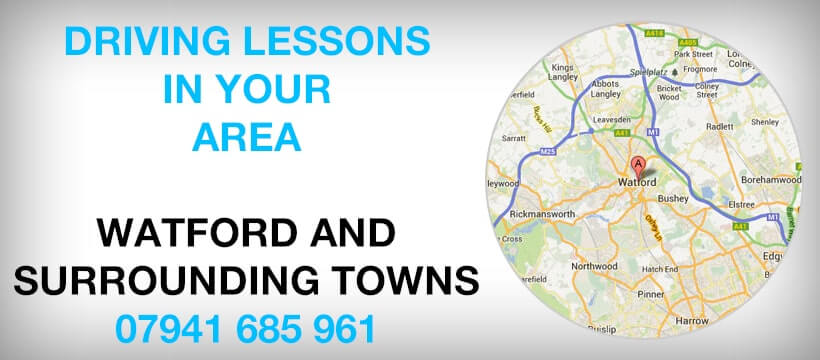Why Driving Lessons, And Your Driving Licence, Are So Important
Something that people have asked me about before, is how does the UK compare to different countries when it comes to learning to drive? The common belief is that the UK is hard on learner drivers, but that's not entirely true. Below are 4 examples of how other places around the world grant drivers their full driving licences.For example, as one pupil headed toward these lights waiting for a direction to be given, the examiner had to apply the brakes in time to stop before the give way line. The result is a failure due to lack of observation, in that case the candidate had not even seen the junction, let alone checked to see if it was clear to proceed. That particular pupil even told me he thought it was unfair to fail him for that, as it was raining and a puddle had covered the road markings! Needless to say, that argument didn't get him very far.
Let's get the most obvious reason out of the way first. A car is a big, fast, dangerous machine that regularly leads to fatal accidents. Every day people are involved in crashes and there are deaths on the road. Driving lessons can't stop accidents from happening (otherwise they wouldn't be accidents!) but they can make you as safe as possible on the roads. Your driving instructor will make sure that you know how to drive safely, and you won't pass your test unless you do so. You'll only pick up bad habits once you're no longer under the car of your driving instructor.

Instead of having two maneuvers on the test there will be only one maneuver on the new driving test. This will allow you to drive further distances and to drive areas you are not familiar with. The new driving test will now include such things as high streets, crossroads, and right turns. With only one maneuver you will have more time to cover them.
Innapropriate speed and hesitation. You must be able to judge the correct speed for each road and situation. This will vary because of the time of day, weather conditions etc. You must also be driving lessons watford careful with your approach speed to junctions. Know what the speed limits are for each road you drive on and don't go over them. Make positive decisions at junctions based on what you can see at the time. If you are unsure whether you can go or not then it's probably better to wait a moment for a better opportunity.
Please remember that this is only my opinion; however it is one gained from experience, having listened to a great number (hundreds) of debriefs at the end of the driving test, as well as sitting in the back during dozens of tests over the years. So what do I mean by grey areas and how can you driving lessons watford avoid them? Grey areas will be situations where different people could view the learner's actions differently, such as one person/examiner feeling that a learner is traveling slightly too close to parked cars and another simply too close. It is down to the examiner's own perception of the situation and, as in most situations this can be slightly different from person to person.
I have always said that I am not comfortable with heights, so when we had to walk along the ridge from Aiguille de Midi the white out conditions suited me very well. The first time we attempted it the 60-70 kmph winds, driving snow and white out prevented me from seeing the views on either side of the ridge. The guides decided it was too dangerous to continue so we turned back. On the second attempt to cross the ridge the wind and snow had dropped in intensity but the white out conditions were still in full force. So I can honestly say I didn't get to see the full effect of the 200m drop to my right or the 2000m drop to my left. Shame?
Prices of things fuel related such as driving lessons are on the increase due to the soaring fuel prices. The prices of driving lessons and other things fuel related won't be able to balance out again until the fuel prices do hence the importance of the OFT investigation.